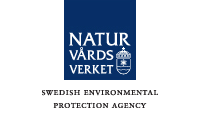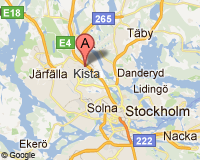Identification of Valuable Forest Environments
The project goal is to develop a satellite-data based method for mapping forest habitats and parameters of importance for the capercaillie. The ultimate result will be a model of forest habitats necessary to maintain to keep a robust capercaillie population and high biodiversity in the forest.
The capercaillie is an umbrella species
The capercaillie is an umbrella species which means that its conservation is assumed to guarantee the protection of also other biological values. Thus, modelling capercaillie habitats can provide a tool for evaluating biological values of Swedish forests on a landscape scale.
Several studies and inventories report a steady decline of the capercaillie
Unfortunately, several studies and inventories report a steady decline of the capercaillie in southern Sweden, especially during the latest decades.
The reasons for this can be several, for example changed forestry practice, toxic substances, increased predation and increased nitrogen deposits. However, the most likely cause for the decline is probably the intensified forestry with clear-cutting over large areas that has changed the previously small-scale varied landscape.
Sweden has a special responsibility
Within the EU, besides Sweden, the situation is even more critical for the capercaillie, and the species is gone in most of its former distribution area, or remains only in very limited areas. The capercaillie has therefore been listed in the "Birds Directive" as a species that needs special protection actions to survive in a longer perspective. In this context Sweden has a special responsibility, since we have 25 % of the European population within our country.
A method that can predict suitable habitats would be of great value
A method that can predict suitable habitats for the capercaillie in a cost-effective way on a landscape scale would be of great value for evaluating the forests in southern Sweden with respect to biological values and also for providing a tool for planning the management of the forests in a way so that biodiversity can be preserved. The method would be relevant both for the follow-up of environmental goals as well as for the Natura 2000 management.

A capercaillie. Photo: Björn Edman, Rheoconsult
Info
- Duration: 2007 -
- The project is funded by the Municipality of Norrköping, by the Swedish Environmental Protection Agency, by the Swedish Forest Agency and by the Swedish National Space Board.
- External link: DiVA - Satellitbildbaserad analys av skogslandskapets gröna infrastruktur 1985-2014 - med tjäder som modellart
- External link: DiVA - Satellitbildsbaserad analys av skogslandskapets gröna infrastruktur med tjäder som modellart
- Contact: Susanne Thulin, susanne.thulin@brockmann-geomatics.se







